Systems of Magic at Work Today
Central Bank capitalism, Islamic finance, World Economic Forum meetings, contracts, profit ⎼ these are not the themes that generally come to mind when we think about magic. In industrialized societies we tend to believe that we’ve “outgrown” it; in 1929 anthropologist E.B. Tyler called magic “one of the most pernicious delusions that ever vexed mankind” (11). In fact, it is alive and well in contemporary societies.
Magic is at work in all sorts of modern practices from central banking to architecture, by way of economic forums, profit making, legal contracts, and various forms of cultural production such as advertising, architecture, luxury goods, fashion, fashion magazines, and science fiction. These magical practices form a system, or systems, of magic and are performed in various societies and contexts around the globe. As several authors will demonstrate in our special issue of Anthropology Today (forthcoming), magic isn’t an antonym for “reality” or business rationality—it’s an integral part of the practices and systems business ethnographers work to understand.
Magical Practices and Uncertainty
Bronislaw Malinowski wrote that magic is used in “the domain of the unaccountable and adverse influences, as well as the great unearned increment of fortunate coincidence” (1954: 29). In other words, magic deals primarily with uncertainty—from the uncertainty of open sea fishing, where fishermen’s hunches and dreams often prevail, to the risky business of economic forecasting.1 Because magic “speaks to realms other than material reality” (Greenwood 2009: 8), it engenders a sense of enchantment in our modern world. A “magical consciousness” accesses hidden, unseen forces, or acts at a distance, as a prime vehicle for firing the imagination. In situations of uncertainly, the emotions of anticipation, imagination and fantasy play a key role in the use and acceptance of magic today.
Anthropologists have been discussing magical practices around the world for a century. Although they do not necessarily agree on what, exactly, constitutes a magical system, many identify some basic components. For Marcel Mauss, all magical systems require three elements: magicians, magical representations, and magical rites (1972: 18). This is similar Malinowski’s tripartite tack:
“Magic all the world over… represents three essential aspects. In its performance there enter always some words spoken or chanted, some actions carried out, and there are always the minister or ministers of the ceremony. In analysing the concrete details of magical performances, therefore, we have to distinguish between the formula, the rite, and the condition of the performer.”2 (1922: 403)
This tripartite system of magician, rite and formula is also the condition in which magic flourishes today.
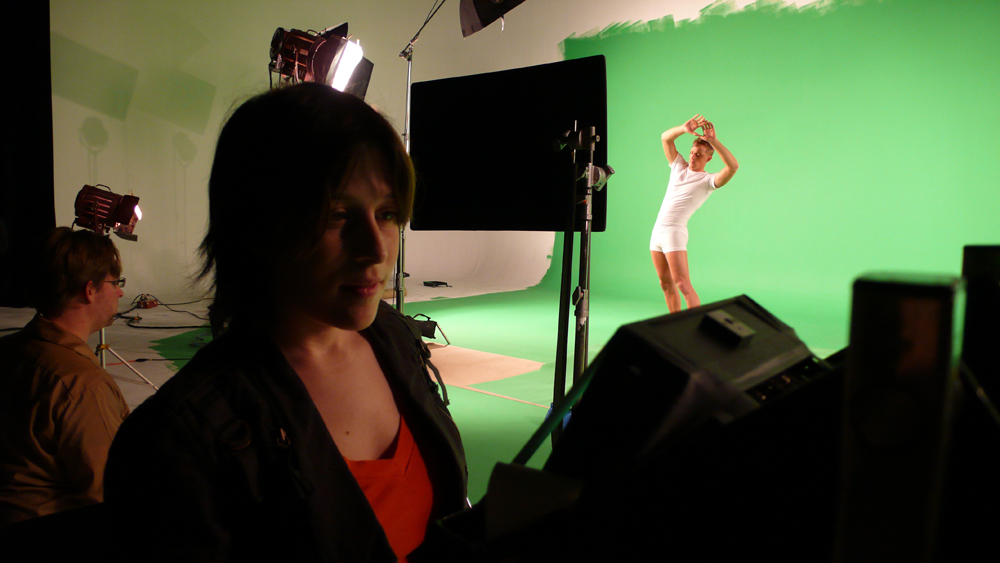
For instance, consider the advertising agency. Art directors and copy writers are the creative magicians, shaping their thoughts into creative ideas. In the carefully orchestrated rites of agency pitches, these become transformed into branded formulations that enchant and inspire audiences to consume. Magic’s effectiveness is produced through deliberate systems of organization such as advertising; they are “highly organized, professional system of magical inducements and satisfactions, functionally very similar to magical systems in [non-industrial] societies” (Williams 1980, 193). Magicians, formulas and rites in advertising agencies unite various teams and practices that normally operate distinctly, but that create magical results for the client’s brand, since it is “magic which unites the various classificatory terms” (Mauss 1972, 102; see also Malefyt and Morais 2010).
The Magician
Magicians possess certain qualities that laypersons do not. Some entire professions are associated with magic because of the mysteriousness of their crafts: they apply complex techniques not understood by common people, and their work is shrouded in mystery. Inventors or investors, fashion designers or financial traders, spin doctors or neuro-surgeons, artists or acrobats, barristers, barbers, bishops—“it is their profession which sets them apart from the common run of mortals, and it is this separateness which endows them with magical power” (Mauss 1972: 29).
Bourdieu notes that the charismatic individual is known for discovering “brilliant” ideas from the most ordinary of circumstances. Because charismatic individuals show brilliance and innovation where others do not, they are widely recognized by society as able to accomplish extraordinary things beyond what ordinary people might achieve—think of the mythical status ascribed to Steve Jobs. We already anticipate their magical performance.
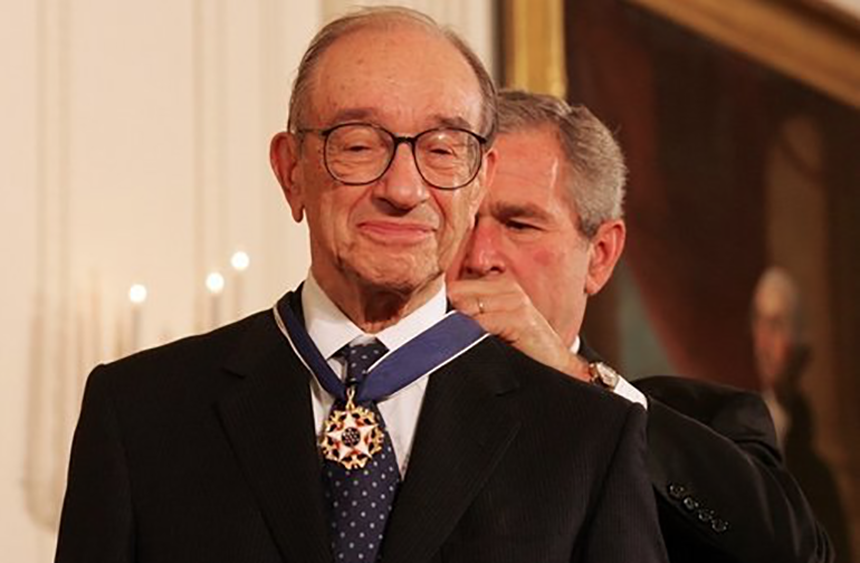
The Rite
Every magical system includes one or more central operations in which the magician acts: an economic summit, a trading floor, an operating theatre, a film set, a court of law, a television talk show.3 Magical rites like these are designed to affect transformations—in share prices, in a patient’s health, in defining “fashion,” in the interpretation of a political or criminal act. Thus, they tend to be strictly prescribed in terms of time; they are performed regularly at particular times of the year (think “fashion weeks” or annual awards ceremonies) or, if they’re done daily, within strictly controlled time limits—hence the opening and closing bell at the New York Stock Exchange. To be effective, creative and to do things, they also take place ⎼ like the World Economic Forum in Davos ⎼ in specially qualified places.4
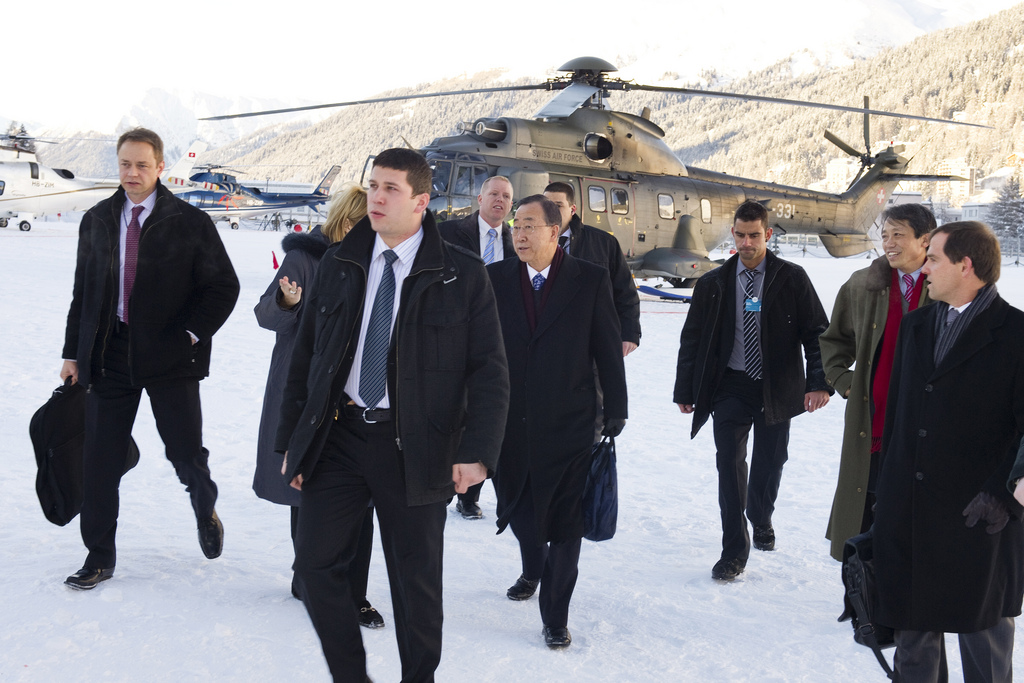
Magical rites, like ritual in general, make use of language, or themselves are a form of language. They translate ideas and their representations to display magic’s effect. Think of a fan chart forecasting inflation, analysed by anthropologist Douglas Holmes, or a Happy perfume advertisement with a wide-mouthed, laughing woman looking—well, happy. Almost invariably, the part is identified with the whole in a form of contiguous magic: fan charts represent the (future) economy; a single product represents an entire state of being (Mauss 1972: 64; Tambiah 1968: 190).
The Formula
Just as an object is designed to represent the whole, the idea of the image assumes the nature of a symbol: A good economy signals financial security, political acceptance, employment, family contentment, and so on. Attractiveness signals a carefree woman, happy, smiling, and not in any way participating in the economy (except as consumer). For both the economy and attractiveness to become real, rather than imaginary, a magician has only to select a single quality (inflation, happiness) which can then be set in opposition to other selected qualities (bank rates and stock market price indices, or seduction and romance). This is Mauss’s third law of magic.
Many forms of representation used in magical rites are verbal. Indeed, uttering words in the form of a spell is itself a ritual, which progresses from word to thought, to power, and finally to deed (Tambiah 1968: 175). This is why Malinowski regards the “virtue, the force, the effective principle of magic” as lying in the spell (1922: 408). Whether we are looking at a beauty advertisement (Only Lancôme makes indelible lipcolour feel so divine) or watching a Bloomberg news video (Is 2,500 the magic number in Shanghai?), magic rites are used to “Re-structure and integrate the minds and emotions of the actors”:
“The technique combines verbal and non-verbal behaviour and exploits their special properties. Language is an artificial construct and its strength is that its form owes nothing to external reality: it thus enjoys the power to invoke images and comparisons, refer to time past and future and relate events which cannot be represented in action. Non-verbal action on the other hand, excels in what words cannot easily do – it can codify analogically by imitating real events, reproduce technical acts and express multiple implications simultaneously. Words excel in expressive enlargement, physical actions in realistic representation.” (Tambiah 1968: 202)
Performing Magic
Not only financiers, but also advertising agencies, architects, CEOs, consultants, entrepreneurs, fashion designers, heads of state, lawyers, marketers, and NGOs, among others, channel the workings of uncertainty so that they can become winners in what is a game of risk (Appadurai 2015: 49). Just how exactly do they do so? We need to examine how magic is performed in contemporary capitalist societies.
Let us start with the way in which language is used to perform an action simply by being spoken. Performative utterances may be analytical (The variance of unexpected risk accounts for most of the total returns; This look is way too sloppy and casual for a red carpet), representational (The faces of China’s new philanthropy;5 Dainty smocking gives romantic charm), or instrumental (Billionaire hedge fund manager predicts “exceptional” trading opportunity; Autumn moves in and fashion takes a sensual turn) (Holmes 2014: 13). Designed to manage expectations, they are the tools of every magician’s trade as they work in a “magical space” (Appadurai 2015: 19).
Very often, like what Evans-Pritchard discovered with the Azande, modern magicians make use of material substances to perform their spells ⎼ ranging from fan charts to fabrics, by way of written legal contracts, architects’ conceptual 3D models, bank logos, a steerable catheter, and a gate to some Bolivian archaeological ruins. Hence we find Bank of England pronouncements like this: “the forecast represented by the MPC’s fan chart is a key input to policy decisions” (Holmes 2014: 22). And fashion magazines proclaiming the merits of frivolous chiffon or sexy silk, while distressed fabrics and handcrafted detailing are the latest in survivor chic.
Again, magic isn’t “just” a performance: the purpose of performance is to affect transformation to overcome uncertainty. Magic is performed symbolically as invisible power by “charismatic magicians” in encounters with “the murky and the uncertain,” and is actualized as a prime source for motivating something in participants to appear “true” when “dealing with fundamental dilemmas of the human situation” (Graeber 2012: 34). The role of the audience is not stagnant but participatory, it implements the effects of the transformation, validating the performance, performer and participants themselves.
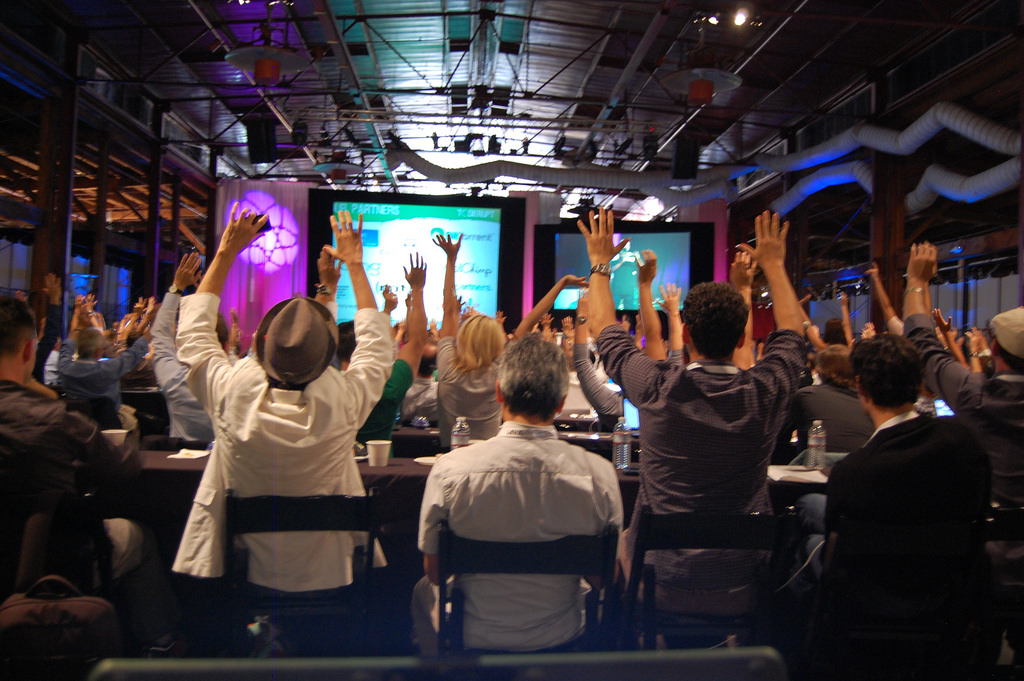
Magical practice often encourages transformation by elevating emotions, such as anticipation, fantasy, or expectation, in the embodied experiences of participants. For audiences of magic, learning doesn’t occur by rational thought, but through emotional association. Though the role of emotion is downplayed in most business and professional spheres, there as everywhere else, emotions fundamentally connect thoughts and actions, individuals and groups, embodied practices and discourses. Emile Durkheim and Victor Turner knew this, emphasizing the excitement (effervescence or communitas) that participants felt in ritual performances, actions were transformed into new perceptions and social statuses. Kay Milton argues,
“anticipation (or interest or expectancy) is the state of body/mind in which we explore our environment. It is a state of readiness to receive information; it thus stimulates or motivates perception, and therefore learning.” (2005: 33)
Strong “experience-memories” in participants’ experiences of “rites of terror” are what provoke learning, not discourses or semiotic associations alone (Whitehouse 1996). Such works demonstrate that performances of magic are as powerful today as ever, linking symbolic representations, embodied experience and emotion (Bull and Mitchell 2015).
Magical practices offer heightened expectations and altered experiences of both magicians and participants in a variety of performances and in “qualified places,” from Davos, monetary policy committee rooms, and courts of law, to concept restaurants, fashion runways, and award ceremonies. The study of magic in contemporary society privileges forms of charismatic explanation for phenomena, rather than rationally “explaining away” curiosities. Indeed, “magic is alive and well” (Masquelier 2004: 95) and adds to our growing enchantment of modernity’s—and capitalism’s—global reach.
Images
1. “Over exposed @ Lonon Fashion Week” by Farrukh (CC BY-NC 2.0), https://flic.kr/p/6ZuMmh
2. “shoot: On the set of my directorial debut, underwear, woo!” by Zara Gonzalez Hoang (CC BY-NC-ND 2.0), https://flic.kr/p/BKMVt
3. President George W. Bush presents the Presidential Medal of Freedom to Alan Greenspan, former Chairman of the United States Federal Reserve, public domain via Wikipedia.
4. Secretary-General Ban Ki-moon arrives in Davos for World Economic Forum Annual Meeting 2011. UN Photo ID 462150/Eskinder Debebe, https://flic.kr/p/b3S1Vn
5. Chile Fashion Week by Kevin Kobek (CC BY-NC-ND 2.0), https://flic.kr/p/3moEvw
6. TechCrunch Disrupt by Kevin Krejci (CC BY 2.0), https://flic.kr/p/8FXNaU
Notes
1. On open sea fishing see Malinowski (1954: 31) and Pálsson (1988); economic forecasting, Holmes (2014: 21-2); profit making activity, Appadurai (2015: 32); cultural production, Moeran (2015:219-222).
2. In a variation on the condition of the performer, Gell (1992: 57) argued that “the magical attitude is a by-product of the rational pursuit of technical objectives using technical means.”
3. Caitlin Zaloom (2006) and Laura Grindstaff (2002) have written perspicaciously on financial trading and television talk shows respectively. Katz (1981) and Whitehead et al (2002) have commented on ritual behaviour in the operating theatre, while, several decades earlier, Hortense Powdermaker (1951: 281-306) outlined ways in which she saw Hollywood film production as being imbued with magical thinking.
4. Mauss 1972; see Katz (1981: 336-7) for an example of how ritual space is divided up in a hospital surgical area.
5. The Bank of England’s fan charts described by Douglas Holmes are an excellent example of representational performativity.
References
Appadurai, Arjun 2015 Banking on Words: The Failure of Language in the Age of Derivative Finance. Chicago: The University of Chicago Press.
Bourdieu, Pierre 1993 The Field of Cultural Production: Essays in Art & Literature. Cambridge: Polity Press.
Bull, Michael and Jon P. Mitchell (2015) Ritual, Performance and the Senses. London and New York: Bloomsbury.
Evans-Pritchard, E. E. 1937 Witchcraft, Oracles, and Magic among the Azande. Oxford: The Clarendon Press.
Gell, Alfred 1992 “The technology of enchantment and the enchantment of technology.” In Jeremy Coote and Anthony Shelton (eds.), Anthropology, Art and Aesthetics, pp. 40-63. Oxford: The Clarendon Press.
Graeber, David (2012) “The sword, the sponge, and the paradox of performativity: some observations on fate, luck, financial chicanery, and the limits of human knowledge.” Social Analysis 56 (1): 25-42.
Grindstaff, Laura 2002 The Money Shot: Trash, Class, and the Making of TV Talk Shows. Chicago: The University of Chicago Press.
Greenwood, Susan 2009 The Anthropology of Magic. Oxford: Berg.
Holmes, Douglas R. 2014 Economy of Words: Communicative Imperatives in Central Banks. Chicago and London: The University of Chicago Press.
Katz, Pearl 1981 “Rituals in the operating room.” Ethnology 20 (4): 335-350.
Malefyt, Timothy de Waal and Robert J. Morais 2010 “Creativity, Brands, and the Ritual Process: Confrontation and Resolution in Advertising Agencies,’ Culture and Organization, 16(4): 333-347.
Malinowski, Bronislaw 1922 Argonauts of the Western Pacific. London: Routledge & Kegan Paul.
Malinowski, Bronislaw 1954 (1948) Magic, Science and Religion, and other essays. New York: Anchor Books.
Masquelier, Adeline (2004) “The return of magic.” Social Anthropology 12 (1): 95–102.
Mauss, Marcel 1972 A General Theory of Magic. Translated by Robert Brain. London: Routledge & Kegan Paul.
Milton, Kay 2005 “Meanings, feelings and human ecology.” In Kay Milton and Marushka Svasek (eds.), Mixed Emotions: Anthropological Studies of Feeling, pp. 25-42. London and New York: Bloomsbury.
Moeran, Brian 2015 The Magic of Fashion: Ritual, Commodity, Glamour. Walnut Creek, CA: Left Coast Press.
Pálsson, Gísli 1988 “Models for fishing and models for success.” Maritime Anthropological Studies 1 (1): 15-28.
Powdermaker, Hortense 1951 Hollywood the Dream Factory: An Anthropologists Looks at the Movie-Makers. London: Secker & Warburg.
Tambiah, Stanley J. 1968 “The magical power of words,” Man (n.s.) 3 (2): 175-208.
Tyler, E.B. 1929 Primitive Culture, Volume 1. London: John Murray.
Whitehead, Karen, E.W. Taylor, G. Bannister, T. Chesworth, P. Hoffman, and H. Humphreys 2002 “Behaviours and rituals in the operating theatre.” Journal of hospital Infection 51: 241-255.
Whitehouse, Harvey 1996 “Rites of terror: emotion, metaphor and memory in Melanesian initiation cults.” Journal of the Royal Anthropological Institute (n.s.) 2: 703-715.
Williams, Raymond 1980 “Advertising: The magic system.” In Problems in Materialism and Culture. London: Verso.
Zaloom, Caitlin 2006 Out of the Pits: Traders and Technology from Chicago to London. Chicago: The University of Chicago Press.
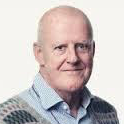 Brian Moeran is Professor emeritus of Business Anthropology at the Copenhagen Business School and Visiting Professor at the University of Hong Kong. His research has focused on advertising, ceramics, fashion magazines, publishing, and smell cultures, primarily in Japan. He is co-author of Magical Capitalism (with Timothy de Waal Malefyt) and founding editor of the open access Journal of Business Anthropology.
Brian Moeran is Professor emeritus of Business Anthropology at the Copenhagen Business School and Visiting Professor at the University of Hong Kong. His research has focused on advertising, ceramics, fashion magazines, publishing, and smell cultures, primarily in Japan. He is co-author of Magical Capitalism (with Timothy de Waal Malefyt) and founding editor of the open access Journal of Business Anthropology.
 Timothy de Waal Malefyt is a Clinical Associate Professor at the Gabelli School of Business. Previously, he held senior positions in advertising agencies where, as a corporate anthropologist, he applied anthropological and cultural approaches to consumer research for developing brand and strategic insights. He is co-author of Magical Capitalism (with Brian Moeran) and was co-organizer of EPIC2014.
Timothy de Waal Malefyt is a Clinical Associate Professor at the Gabelli School of Business. Previously, he held senior positions in advertising agencies where, as a corporate anthropologist, he applied anthropological and cultural approaches to consumer research for developing brand and strategic insights. He is co-author of Magical Capitalism (with Brian Moeran) and was co-organizer of EPIC2014.
Related
Business, Anthropology, and Magical Systems: The Case of Advertising, Brian Moeran
Magic Thinking, Genevieve Bell
The Ritual of Lean, Julia Haines
Models of Enchantment and the Enchantment of Models, Simon Roberts

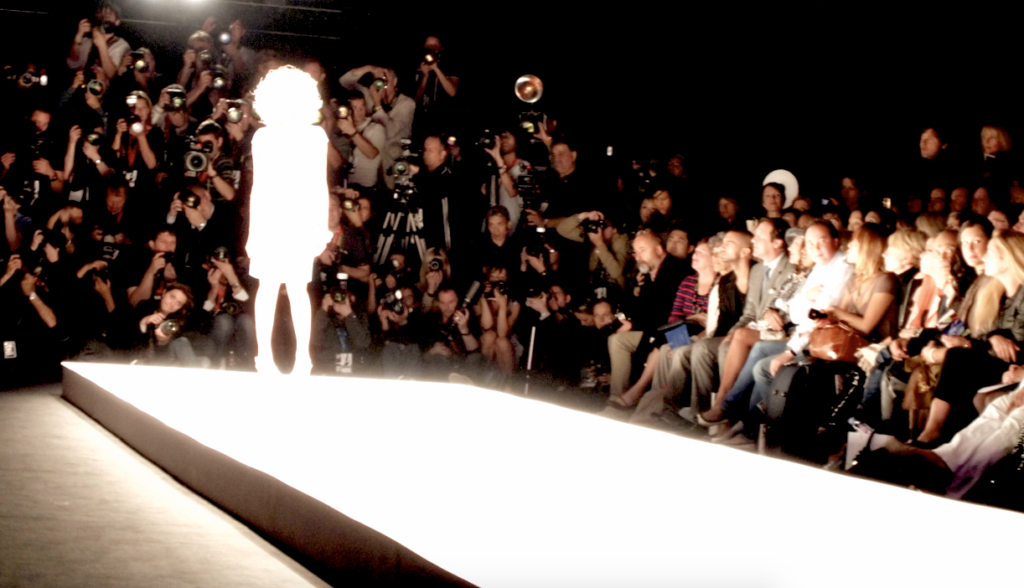
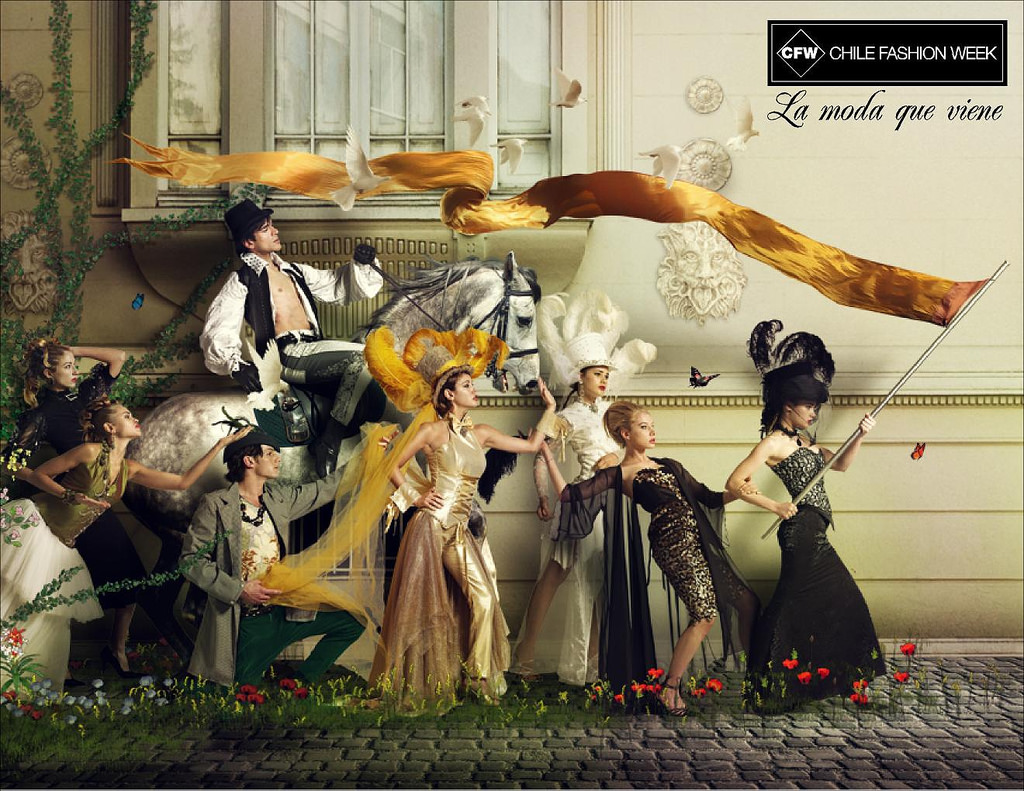
0 Comments